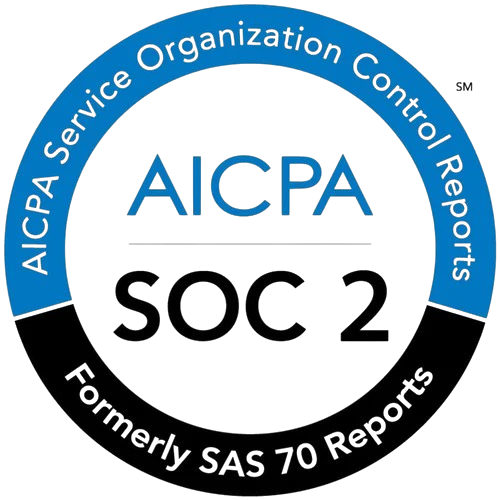Breaking the cycle: Reducing employee inpatient readmissions through coordinated care management

In today's fast-paced world, where employee wellness directly correlates with productivity, reducing hospital readmissions has emerged as a crucial consideration for employers. Inpatient readmissions not only pose risks to employee health but also increase healthcare costs and disrupt the workplace. The key to breaking this cycle lies in coordinated care management—an approach that integrates various healthcare services to ensure employees receive comprehensive, continuous support.
Understanding the Challenge of Inpatient Readmissions
Inpatient readmissions occur when patients return to the hospital shortly after being discharged. For employees, these readmissions can stem from unresolved medical issues, lack of proper follow-up care, or inadequate post-discharge support. According to recent studies, nearly one in five Medicare patients are readmitted within 30 days of discharge, highlighting the urgency of addressing this issue. Beyond health implications, frequent readmissions can lead to increased absenteeism, lower morale, and higher healthcare costs for employers.
The Role of Coordinated Care Management
Coordinated care management emphasizes seamless communication and collaboration among healthcare providers, employees, and their families. It involves creating a personalized care plan tailored to individual health needs, ensuring that employees understand their conditions, treatment plans, and post-discharge instructions.
Implementing Coordinated Care Management
1. Establish a Multidisciplinary Team: Forming a team comprising doctors, nurses, social workers, and care coordinators allows for a well-rounded approach to managing an employee's health. This team collaborates to create effective discharge plans and follow-up protocols, ensuring that no aspect of the employee's recovery is overlooked.
2. Comprehensive Discharge Planning: Effective discharge planning is essential in reducing readmissions. Employees should receive clear instructions about their medications, follow-up appointments, and lifestyle modifications. Engaging employees in their care process empowers them and encourages compliance, significantly impacting their recovery.
3. Education and Support: Providing educational resources on managing chronic conditions and recovery can greatly reduce stress and confusion for employees post-discharge. Offering workshops or access to health coaches can help improve knowledge and adherence to prescribed treatments.
4. Integration of Technology: Utilizing health management platforms and telehealth services can streamline communication between employees and care providers. Mobile apps, for instance, can send reminders for medications or appointments, while telehealth can provide immediate access to healthcare advice, reducing the need for a hospital visit.
5. Follow-Up Care: Scheduling regular follow-up appointments and check-ins can catch potential issues before they escalate. Proactive outreach from healthcare providers can provide crucial support and reassurance, helping employees stay on track with their recovery.
6. Feedback Mechanism: Implementing a feedback system allows employees to share their experiences with the coordinated care process. Understanding their needs can help employers refine strategies and improve the quality of care provided.
Conclusion: A Healthier Workforce Awaits
Employers who adopt coordinated care management as a strategy to reduce employee inpatient readmissions can reap substantial benefits. Healthier employees contribute to a more productive, engaged workplace—and that's a win-win for everyone. By focusing on comprehensive care and fostering an environment where health is prioritized, businesses set themselves up for sustainable success. As the saying goes, “An ounce of prevention is worth a pound of cure.” In this case, that ounce starts with coordinated care management.






